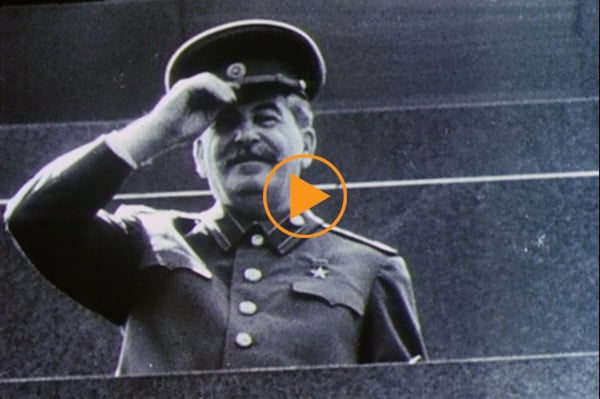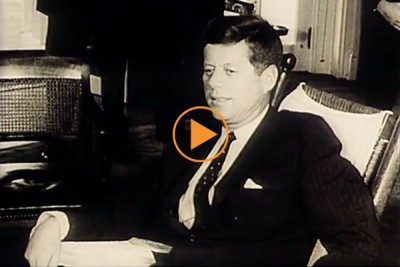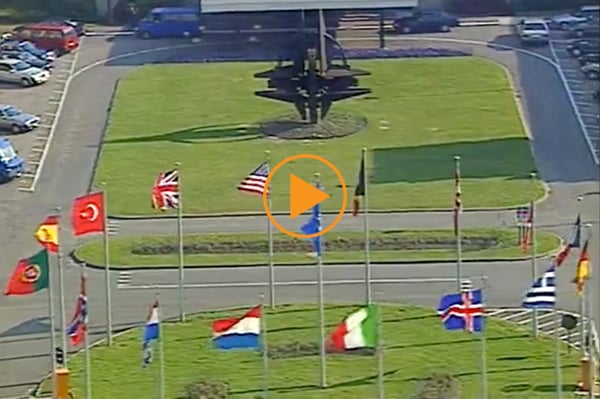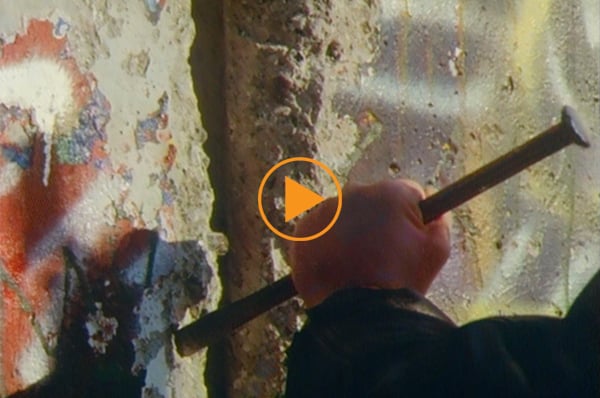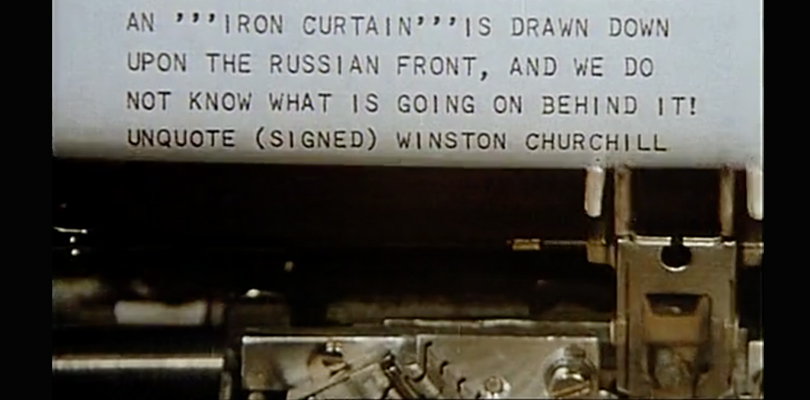
The Cold War on Film
Archival footage captures the tension and turmoil between the Democratic West and Soviet East after World War Two.
The Cold War began soon after the end of WWII and escalated into a long period of fraught tension between the world’s two “superpowers”: the democracies of the Western world, led by the United States, and the communist states of Eastern Europe, led by the Soviet Union.
Named the “Cold War” after its absence of large scale direct fighting between the two sides, it was fought indirectly through proxy wars, the arms race and the space race.
Proxy Wars
America and the Soviet Union did not actively engage each other in battle, as neither side wished to run the risk of igniting a nuclear war. Their mutual distrust and ideological conflict instead manifested itself in wars between their allies, otherwise known as proxy wars.
With the division of Korea after WWII, the Soviet Union took advantage of the global tensions to side with North Korea, while the United States sided with the South. Both sides claimed to be the legitimate government, escalating into a civil war that lasted three years. The fighting ended on 27 July 1953 and, from it, created a 2.5-mile wide buffer zone between the two countries that still stands today.
Shortly after, both America and the Soviet Union went to aid opposite sides in the Vietnam War. U.S. forces quickly escalated in the 1960s, with troop levels tripling in 1961 and 1962, and reaching its peak in 1968 with the Tet Offensive. While the Tet Offensive failed to overthrow the South Vietnamese government and American allies, it marked a significant turning point in the war: the disillusioned U.S. population forced the government to end all involvement by 1973.
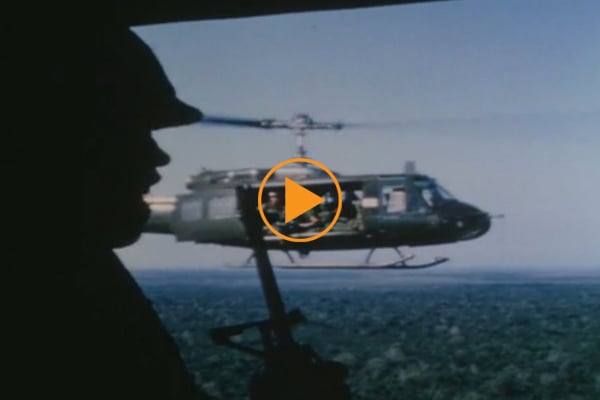
Vietnam War – Operation Big Spring, 1967 – US soldiers in helicopters, smoky battlefield, setting up mortar
Space Race and Arms Race
Mutual demonstrations of technological advancement and power also spurred on the Cold War. The “space race” saw America’s astronauts and the Soviet Union’s cosmonauts go head-to-head to be the first to land on the moon. More sinisterly, however, was the race to own the biggest and most threatening arsenal of nuclear weapons, with the view to deter each other’s attacks.
Heavily mistrusting of the spread of communism, and the dictatorship of Joseph Stalin, America became fearful of a nuclear attack, with this fear reaching a peak in 1962 during the 13-day Cuban Missile Crisis.
NATO
As the nuclear threat grew, the Western allies forged the North Atlantic Treaty Organisation [NATO] in 1955 and with this came a new wave of military defence tactics, focused heavily on the prospect of airborne attacks. During the 1980s, NATO created a series of sponsored films promoting its causes and strengths, including documentaries on the atomic bomb, early-warning radar systems, surveillance aircraft and long-range missiles.
Berlin Wall
One of the key events of the Cold War was the rise and fall of the Berlin Wall, a complex fortification built to separate the American, British and French sector in the West and the Soviet sector in the East.
When the Berlin Wall was finally pulled down on 9th November 1989, the act also symbolised the collapse of European Communism and, geographically, the end of the Iron Curtain dividing Europe. In the 28 years that it stood, more than 200 people have died trying to illegally cross over. 2014 marks the 25th anniversary of the fall of the infamous barricade.
Find out more
Buff Films – Bridgeman Footage exclusively represents this large collection of NATO-sponsored films from the 1980s, including historical documentary and newsreel footage.

